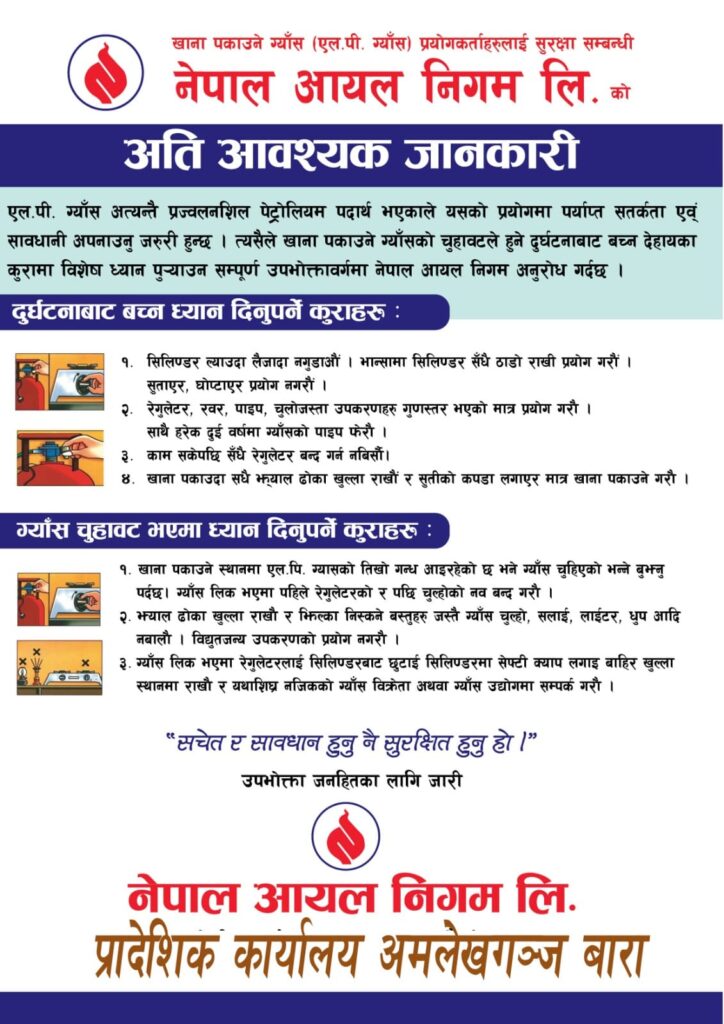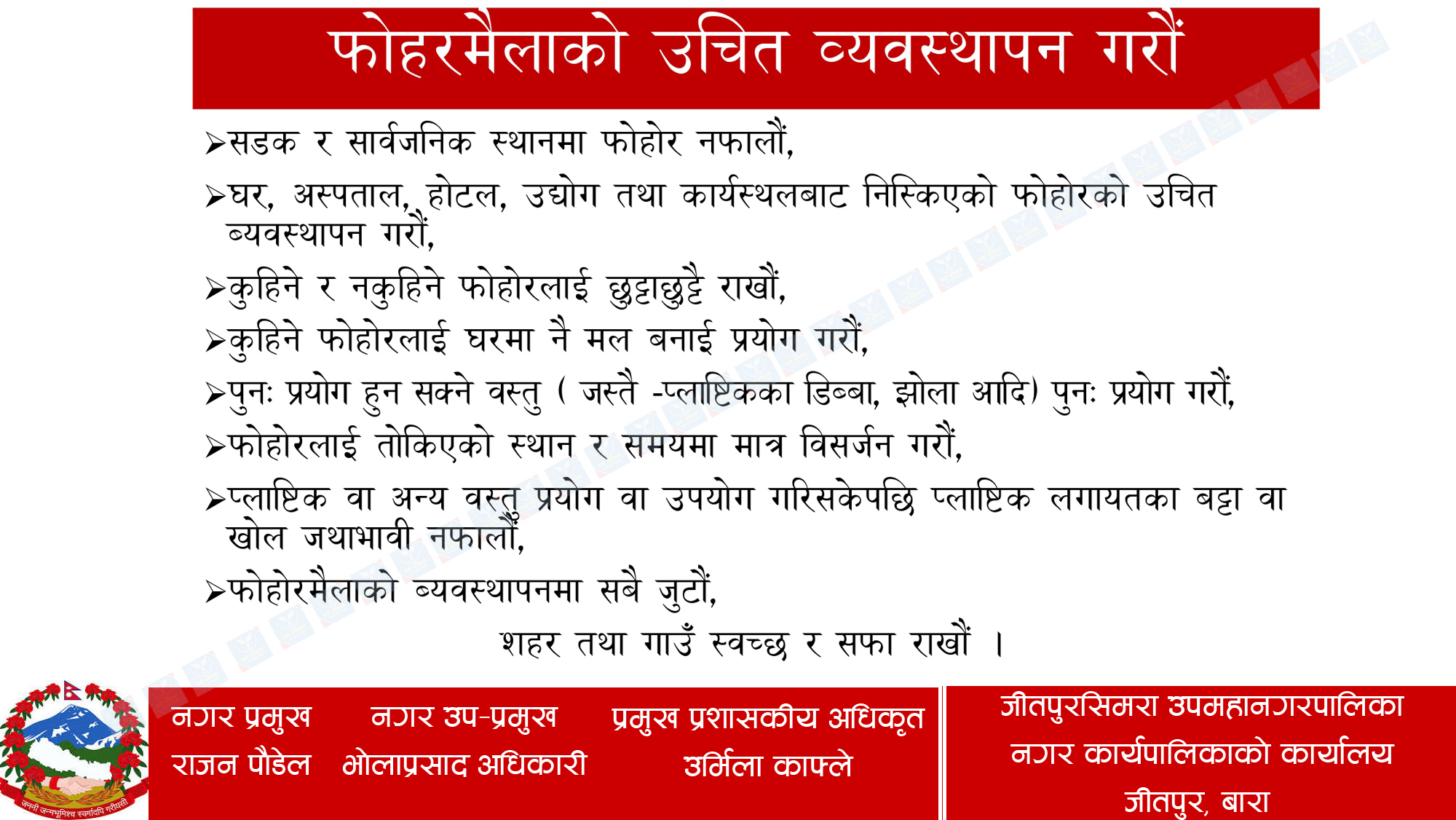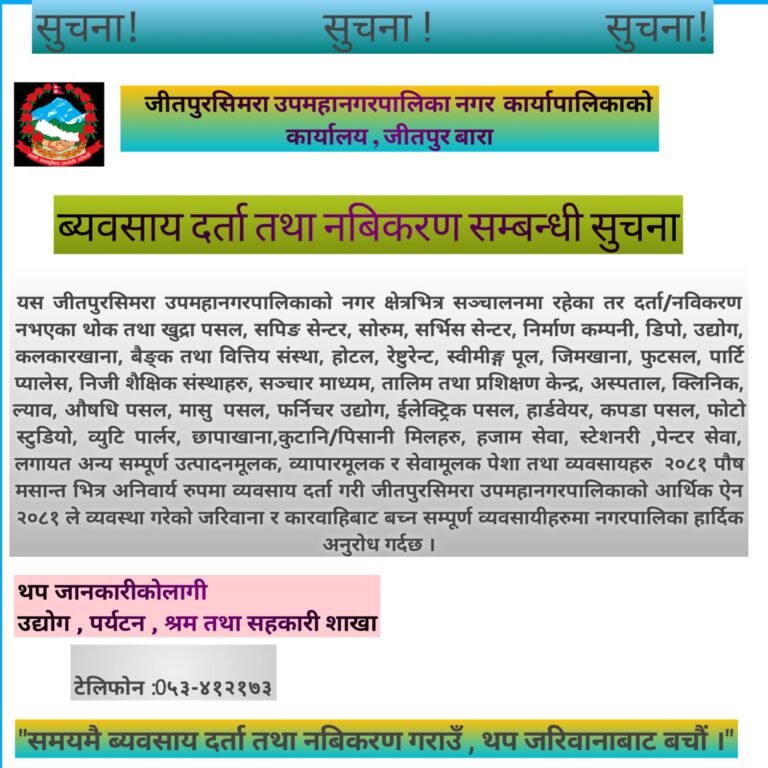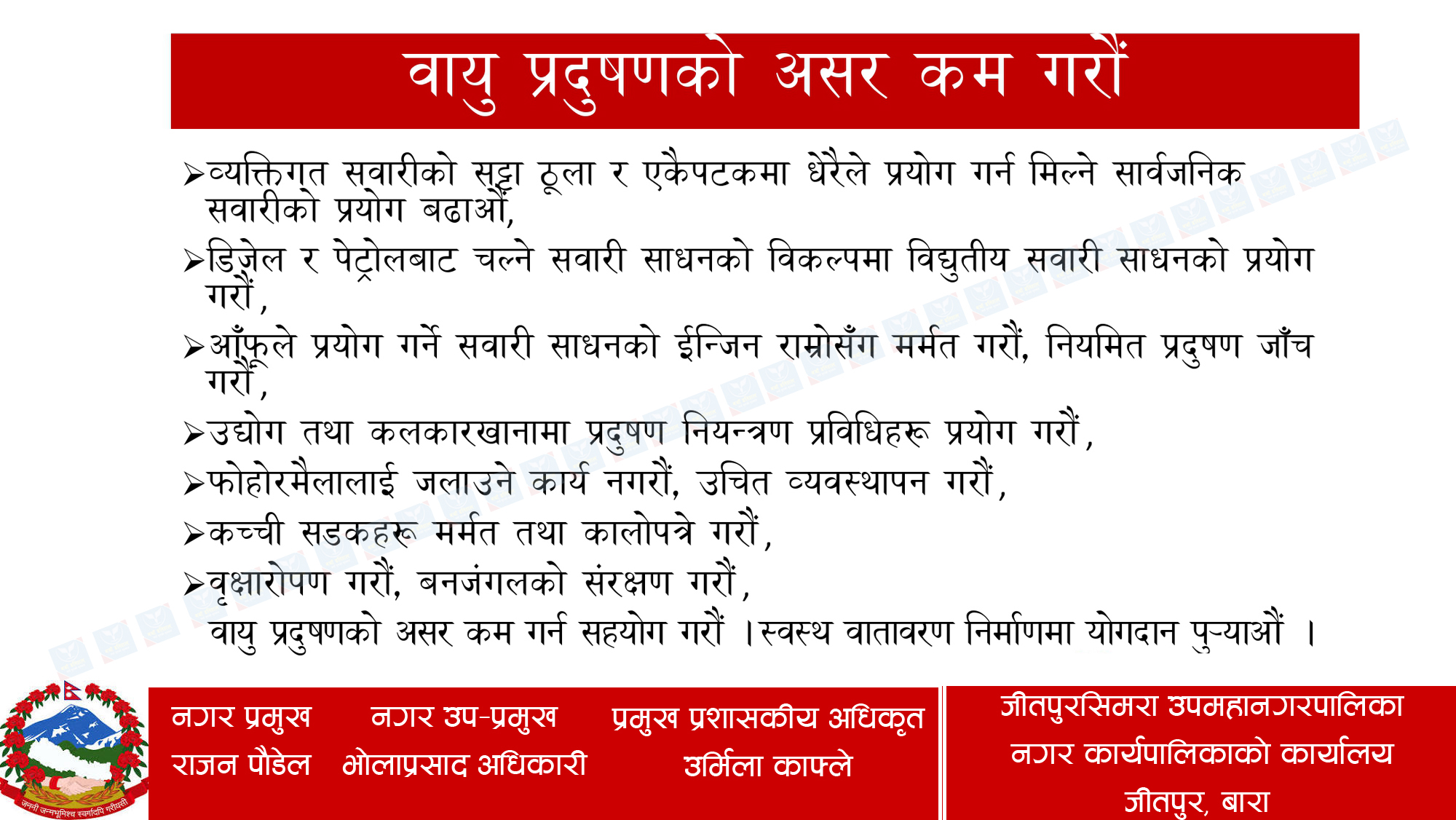Nepalis are estimated to have an average income of $1,456, approximately 195,000 Nepali Rupees, this year. According to the Central Bureau of Statistics, the average monthly income is about 16,000 Rupees, and the daily income is around 500 Rupees.
However, income levels vary significantly across different provinces. In Bagmati Province, the average annual income exceeds 330,000 Rupees, while in Madhesh Province, it is only about 118,000 Rupees.
Compared to last year, the average per capita income has increased by $57, or 7,600 Rupees. The Bureau notes that while incomes have been rising in recent years, the growth rate may appear different when measured in US dollars due to fluctuations in the exchange rate.
The disparity in average incomes across provinces is notable. Bagmati Province has the highest average income, whereas Madhesh Province has less than half of Bagmati’s income. The Central Bureau of Statistics measures both per capita Gross Domestic Product (GDP) and per capita income to gauge economic performance.
"Per capita income reflects the primary earnings within our economy, and we link these earnings to the per capita GDP within our jurisdiction," says Ganesh Prasad Acharya, the Director of the Central Bureau of Statistics.
Provincial Differences in Income and GDP
The Bureau estimates that Bagmati Province will have the highest per capita GDP, while Madhesh Province will have the lowest. Bagmati’s per capita GDP is projected to be $2,484 in US dollars, compared to $892 in Madhesh Province.
Following Bagmati, Gandaki Province ranks high with a per capita GDP of $1,557. Five out of the seven provinces have average incomes lower than the national average.
Nationwide, the per capita GDP stands at $1,434, with Koshi Province at $1,336, Lumbini Province at $1,159, Sudurpashchim Province at $1,111, and Karnali Province at $1,066.
Why Bagmati Province Has Higher Incomes
Experts attribute Bagmati’s higher income to the concentration of economic activities in and around the capital, Kathmandu.
"Economic activities around Kathmandu, including financial transactions and recent development projects, contribute significantly to Bagmati's higher income," says Narbahadur Thapa, former Executive Director of the Research Department at Nepal Rastra Bank. He also notes that private investments and donor-funded projects are concentrated in this region.
Director Acharya of the Central Bureau of Statistics confirms that Bagmati’s higher economic activities lead to greater average incomes. Additionally, many companies with operations in Madhesh Province have their headquarters in Bagmati, skewing the income statistics.
Why less in Madhesh province?
Bhogendra Jha, former Vice Chair of the Madhesh Province Policy and Planning Commission, points out that a large population dependent on agriculture, which lacks modernization, contributes to lower incomes in Madhesh.
"Income from agriculture is low, and so is its contribution to GDP. The province also has a significant marginalized population, indicating lower income levels," he explains. The Bureau's data supports this, showing that Madhesh has the highest number of people dependent on agriculture, with agricultural wages being the lowest compared to other provinces.
Former Director Thapa from Nepal Rastra Bank notes that globally, agriculture tends to have a lower contribution to GDP. Jha also highlights issues like poor governance and unequal resource distribution as factors limiting economic growth in Madhesh.
What should be done to bridge the economic prosperity gap?
Economists like Thapa suggest that targeted policies and budgets based on human development indices and living standards surveys are necessary to bridge the economic gap in regions like Madhesh, Karnali, and Sudurpashchim.
"The data should be used to create policies and allocate budgets to address these disparities," Thapa says. Jha agrees, stating that Nepal needs policies and budgets based on actual needs rather than tradition, emphasizing the importance of data-driven decision-making for effective economic planning.

.jpg)









